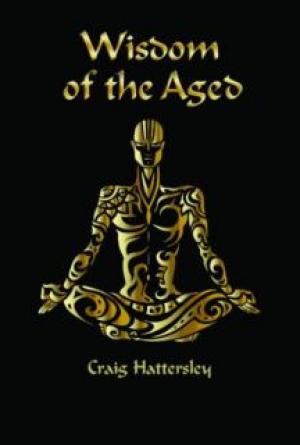
THE KNIGHT, DEATH AN D THE DEVIL
Durer
One other of Durer’s pictures should be spoken of, though it hardly belongs last in order of time. It is really the summing up of much that he had done from time to time all through his busy life time. This picture, called “The Knight, Death and the Devil,” is an engraving on copper. The stern, intelligent men of the time, who were ready to face any danger in order to bear themselves according to their notions of right, are well represented in this splendid mounted knight. What though Death reminds him by the uplifted hourglass that his life is nearly ended? or that Satan himself stands ready to claim the Knight’s soul? There is that in this grand horseman’s face that tells of unflinching purpose and indomitable courage to carry it out against the odds of earth and the dark regions besides. One of our greatest art critics says of this work, “I believe I do not exaggerate when I particularize this point as the most important work which the fantastic spirit of German Art has produced.” A reading of Fouqué’s “Sintram” inspires us anew with the true spirit of Durer’s great work.

ST. GEORGE AN D THE DRAGON
Durer
The gift to his natal city was Durer’s last work of note. The sickness that had been growing upon him, which was none other than consumption, gradually absorbed his energies and in April, 1528, he died. He was buried in St. John’s Cemetery in the lot belonging to the Frey family. On the flat gravestone was let in a little bronze tablet on which was a simple inscription written by his friend Pirkheimer. A century and a half later Sandrart, the historian of German painters, visited the tomb, then in ruins. He caused it to be repaired and added another inscription which has been translated into English:—
“Rest here, thou Prince of P









